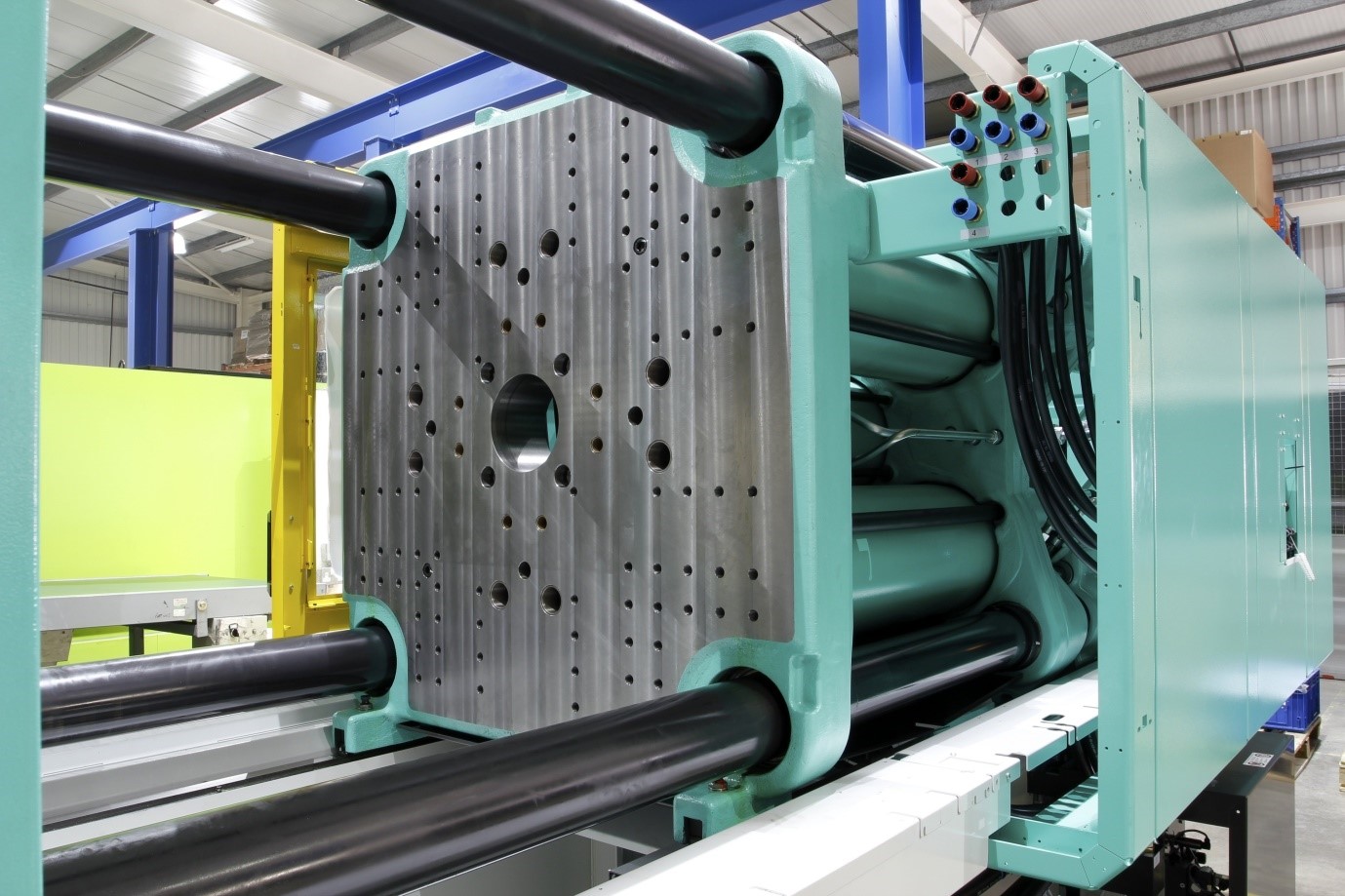Across a variety of sectors, China plastic injection molding has become one of the most adaptable and popular production techniques. Plastic injection mold China has many benefits, but it has limitations as well. Applications for prototype injection molding include consumer electronics, medical equipment, automobile components, and more. We are going to explore both sides of the argument and evaluate the advantages and limitations of plastic injection molding.

Advantages
Plastic injection molding is a very efficient technique that can create a lot of identical components in big quantities with little waste. Faster production rates result from comparatively short cycle times after the initial setup is finished.
The capacity of injection molding to create parts with intricate and complex geometries is one of its major benefits. This makes it perfect for producing parts with fine features, such complicated forms, thin walls, and detailed texturing.
A variety of thermoplastic and thermosetting materials may be used with injection molding, providing flexibility in material selection according to the particular needs of the application. There are several possibilities available, ranging from common plastics like polyethylene to engineering-grade polymers like ABS and polycarbonate.
Plastic injection molding may be quite economical for big production runs, even after the initial tooling expenditures. When the volume rises, the cost per unit falls, making mass manufacturing financially feasible.
High standards of part-to-part uniformity and quality are guaranteed by injection molding. Manufacturers are able to achieve rigorous quality requirements by producing products with minimum variation through precise control over process parameters and tight tolerances.
Limitations
Tooling, equipment, and infrastructure must be purchased in full before starting a plastic injection molding business. This may be an obstacle to entrance for new or small enterprises, especially those with little funding.
Although injection molding provides a great deal of design flexibility, there are some restrictions to take into account. Characteristics such as undercuts, sharp edges, and thin walls might provide difficulties and call for extra tooling or design adjustments.
Creating injection molds, particularly for intricate pieces or unique designs, might take some time. The lead time for fabricating tools might range from several weeks to several months, potentially delaying the schedule for manufacturing.
Specific resins or additives may not work well with specific materials, and not all materials can be injected. When choosing a material, factors including heat stability, flow properties, and material shrinkage must be carefully taken into account.
The debris produced by plastic injection molding, such as sprues, runners, and rejected pieces, adds to issues with waste management and plastic pollution. Nonetheless, these issues are being addressed by developments in recycling and sustainable practices.
When it comes to quality, efficiency, and diversity, plastic injection molding is the method of choice for producing plastic components in large quantities. It is important to recognize the restrictions imposed by the initial investment, design limitations, and environmental factors when picking 3D printing and plastic injection molding methods. Manufacturers may make well-informed decisions and capitalize on injection molding's advantages while minimizing potential negatives by being aware of its advantages and disadvantages.